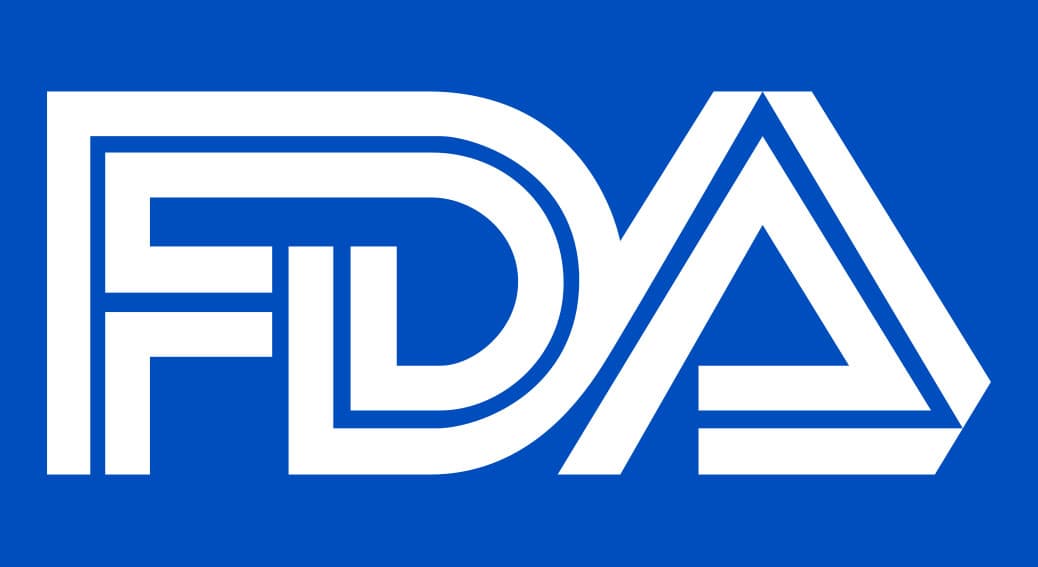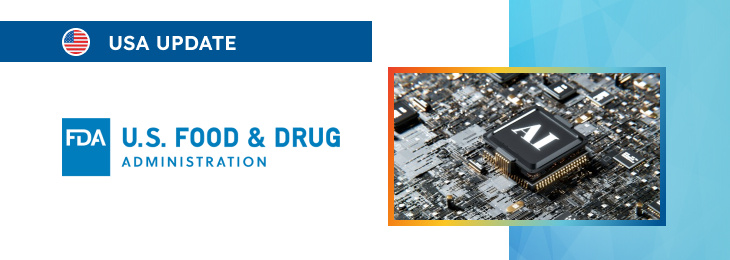The article describes the approach to be applied to innovative medical devices utilizing machine-learning technology.

Table of content
The Food and Drug Administration (FDA or the Agency), the US regulating authority, has published a notice dedicated to guiding principles for transparency for machine learning-enabled medical devices. The document was initially developed in collaboration with other regulating authorities, namely Health Canada and the UK Medicines & Healthcare Products Regulatory Agency (MHRA).
The document is intended to describe the basics of the regulatory approach to be applied concerning medical devices utilizing novel technologies, such as machine learning, to establish a proper balance between facilitating further innovations and ensuring the continued safety of patients.
Introduction
In June 2024, the FDA, Health Canada, and MHRA published guiding principles intended to enhance transparency in Machine Learning-Enabled Medical Devices (MLMDs). These principles build upon existing Good Machine Learning Practice (GMLP) standards and emphasize the importance of clear communication about MLMDs to various stakeholders.
The present document explores the key principles: who transparency is for, its motivations, what information should be shared, where and when it should be communicated, and how transparency can be effectively supported through human-centered design.

Who: Relevant Audiences
According to the document, transparency in MLMDs concerns a wide range of stakeholders:
- Healthcare Professionals: Utilize MLMDs in clinical practice.
- Patients and Caregivers: Direct recipients of healthcare involving MLMDs.
- Administrators and Support Staff: Make decisions impacting device deployment and patient outcomes.
- Regulatory Bodies and Payors: Ensure compliance and manage reimbursement.
Why: Motivation for Transparency
It is further explained that the primary motivation for transparency is to foster patient-centered care and ensure the safe and effective use of MLMDs.
It facilitates:
- Understanding complex device functionalities and outputs.
- Identification and mitigation of risks associated with device usage.
- Detection of errors or performance declines.
- Promotion of health equity by addressing bias and justifying device outputs.
- Enhancing user confidence and adoption of MLMDs through informed decision-making.
What: Relevant Information
Effective transparency entails sharing comprehensive information tailored to different MLMDs:
- Device Description: Purpose, functions, intended users, and target conditions.
- Healthcare Workflow Integration: Inputs, outputs, and impacts on clinical decisions.
- Performance and Risks: Benefits, limitations, and strategies for bias management.
- Development Lifecycle: Training data, clinical studies, and ongoing performance monitoring.
Where: Placement of Information
Information accessibility through the software user interface is crucial:
- User Interface Optimization: Ensures responsive and personalized access to critical information.
- Modality Variety: Uses audio, video, on-screen text, and alerts for diverse user needs.
- Visibility Across Interfaces: Includes training, controls, displays, packaging, labeling, and alarms.
When: Timing of Communication
Timely communication at different stages of the product lifecycle supports transparency:
- Pre-Implementation: Detailed information aids acquisition and integration decisions.
- Post-Implementation: Notifications on updates, modifications, or new insights.
- Context-Specific Alerts: Triggered during critical workflow stages to guide user actions.
How: Methods to Support Transparency
Human-centered design principles enhance transparency effectiveness:
- Iterative Design Process: Involves stakeholders from design to deployment.
- Adaptive Information Delivery: Tailors information presentation to user needs.
- Clear and Concise Communication: Uses plain language for accessibility and technical terms for clinical specificity.
Conclusion
In summary, the guiding principles for transparency in MLMDs outlined in the document emphasize the importance of clear, accessible, and contextually relevant information dissemination. These principles are introduced in order to ensure the safe, effective, and equitable use of MLMDs while fostering user confidence and facilitating informed decision-making in healthcare settings. Ongoing collaboration and adherence to these principles are expected to drive further advancements in transparency practices, ensuring continued improvement and innovation in the field of medical technology.
How Can RegDesk Help?
RegDesk is an AI-powered Regulatory Information Management System that provides medical device companies with regulatory intelligence for over 120 markets worldwide. It can help you prepare and publish global applications, manage standards, run change assessments, and obtain real-time alerts on regulatory changes through a centralized platform. Global expansion has never been this simple.

